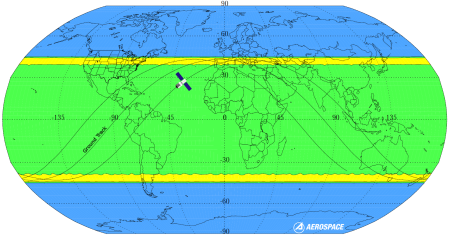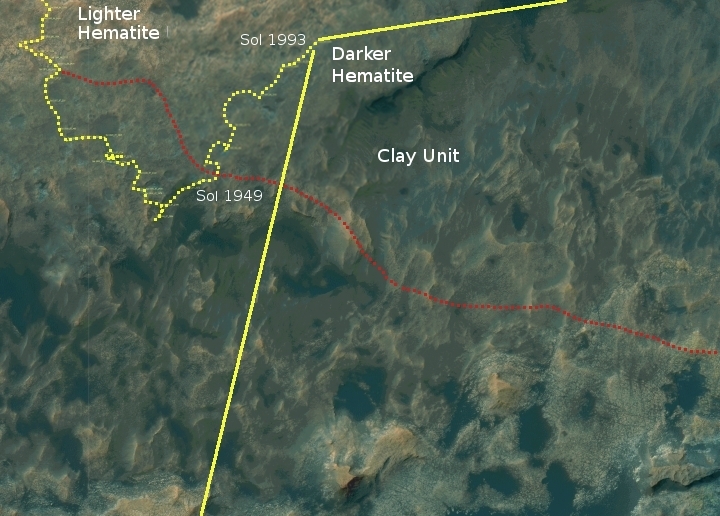The news yesterday that NASA will once again have to delay the launch of the James Webb Space Telescope due to a variety of technical issues and management errors not only exemplified the fundamental failure of the federal government, it also illustrated the routine failures of today’s mainstream press.
First, Webb’s new delay epitomizes the systemic incompetence of Washington. Despite being 13 years behind schedule and costing eight times more than originally planned, NASA and its contractors still couldn’t get things right.
Most of the problems have occurred with the spacecraft half of the project, which was built by Northrop Grumman in California and is undergoing testing there. During the teleconference, NASA officials, including acting Administrator Robert Lightfoot, expanded upon technical problems first reported publicly by the agency’s inspector general last month.
These include leaky valves within the spacecraft’s propulsion system and difficulties encountered during deployment tests of the sun shield. Not only did the thin, five-layer sun shield snag during the deployment, but technicians also found seven tears up to 10cm long within the material. NASA and Northrop Grumman have identified fixes for these problems, but their repair has added months of delays to the project, and engineers cannot be sure that more issues will not crop up during further testing.
Such failures, in NASA and in all big federal projects in recent years, are hardly news. Only the willfully blind or those who support wasting tax dollars to distribute pork will deny they exist.
The failures of the federal government however is not the focus of this essay. Instead, the announcement yesterday and the coverage of it by the press provides us a perfect and very obvious signpost for differentiating between the fake news sources that are generally unreliable or too often allow their biases to influence their reporting, and those sources that do a good job.
That signpost is one simple fact: Webb is not a replacement or successor to the Hubble Space Telescope, despite NASA making this false claim for decades. Hubble is an optical telescope. Webb will view the universe in the infrared. These are too entirely different things.
Yet, too many news sources today repeated NASA’s false claim, illustrating how little they know about both telescopes and their design, while revealing their complete inability to do some basic journalistic research. Instead they merely rewrite old press releases, and thus prove clearly by their bad reporting why so many people have so little respect for the modern press.
The worst examples made this false claim right in the headline:
» Read more


